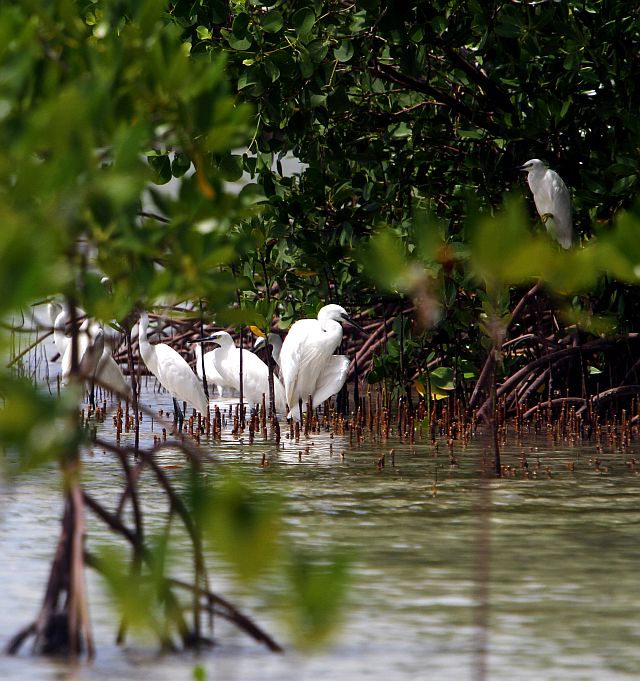
Olango Island is one of the Capitol veterinarian’s critical surveillance area for bird flu as this area is a bird sanctuary for migratory birds. | CDN file photo
CEBU CITY, Philippines — The Cebu Provincial Veterinary Office is now on heightened monitoring and surveillance against the entry of the H5N1 bird flu that has reportedly plagued the poultry industry of Hunan province in China.
Governor Gwendolyn Garcia said that amid the report of another bird flu outbreak, the national government would be the one to declare a ban on the importation of their poultry products.
“Once that has already been confirmed. It is an automatic ban already on the part of the national government for all these bird products from Hunan. But we are now actively monitoring. Active monitoring and surveillance. Right now, we are on heightened alert and surveillance,” Garcia said in a press conference on Monday, February 3, 2020.
“The outbreak occurred in a farm in the Shuangqing district of Shaoyang city. The farm has 7,850 chickens, and 4,500 of the chickens have died from the contagion. Local authorities have culled 17,828 poultry after the outbreak,” South China Morning Post quoted China’s Ministry of Agriculture and Rural Affairs in a news report.
Hunan province lies in the southern border of Hubei province, where the 2019 novel coronavirus reportedly originated.
“On the cases sa China on H5N1, ang probinsya sa Sugbo, we continue our surveillance. Every year kaduha ta magsurveillance for avian influenza — during the period nga wala pa ang migratory birds and during the migratory season,” said Provincial Veterinarian, Dr. Mary Rose Vincoy.
(On the cases in China of H5N1, the province of Cebu will continue our surveillance. Every year, we check twice for avian influenza — during the time when there are not yet migratory birds and during the migratory season.)
Vincoy said their first round of monitoring would be conducted between March to April and during the onset of the migratory season on the third quarter of the year.
Olango Island in Lapu-Lapu City, Vincoy said, had been considered as a critical surveillance area considering that thousands of migratory birds would arrive at the sanctuary every year.
She added that heightened surveillance would also be effected in Bantayan Island in northern Cebu since it had a high population density of poultry animals.
Vincoy also assured that Cebu would remain free from the avian influenza virus based on the negative result of all the 105 samples from local birds and chicken that they had submitted to the Bureau of Animal Industry.
While there had been several strains of the avian influenza virus, Vincoy warned that the H5N1 had been “highly pathogenic,” meaning it had a high rate of transmission and mortality.
Although there were cases of transmission to human in the past avian influenza outbreaks, Vincoy said most of the recorded cases of human transmission of the bird flu involved those that had direct contact with chickens.
Considering H5N1 being highly pathogenic, Vincoy said they had more reasons to closely monitor and ensure that it would not enter the province.
In case of the need of a future ban like the province’s action against the the African swine fever, Garcia said she believed that Cebu’s poultry industry had been growing and self sustaining./dbs